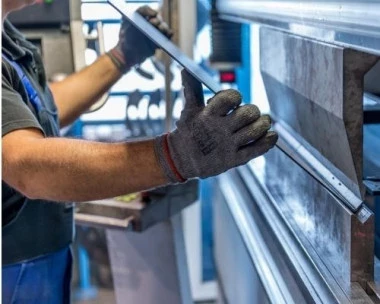IX Network Explainer: Difference Between OEM, VAR and Aftermarket
Add bookmark
What is an OEM?
OEM refers to Original Equipment Manufacturer. This is where a manufacturing company creates a component or system for use in another product.
An example is a car component such as a braking system. The car manufacturer purchases the braking system from an OEM and incorporates it into the car.
The car manufacturer may use components from multiple OEMs to create the final product. These could include components for steering, wheels, windows, gauges, etc.
The benefit of this approach is that the car manufacturer does not have to manufacture all the different pieces of the car. Automotive assembly is complex enough without adding in the need to manufacture every single component. Instead, manufacturers benefit from specialization to enable cost and production efficiencies.
There are many other examples of how OEMs create systems or components that are used by other manufacturers to create a new product. They are common in electronics, appliances, and other complex products.
What is a VAR?
OEM’s typically sell to Value Added Resellers (VARs). These are companies that assemble the components into a new product or service usually with the aim of selling to the end customer.
A car company would be an example of a Value Added Reseller (VAR). The final customer doesn’t purchase all the individual components of the car and assemble it themselves. Instead, the car manufacturer designs and assembles the vehicle and sells to customers through dealerships.
The VAR adds value through design and by pulling such a complex product all together. They may also offer additional warranties or services to customers.
What is Aftermarket?
Aftermarket manufacturers create generic components that are similar to those manufactured by OEMs. The difference is that the OEM supplies to the VAR to be used in initial product assembly. Aftermarket manufacturers will sell components that can be used to replace broken or malfunctioning components after the product has been sold to customers.
This is common in the car industry, for instance. Customers have a plethora of options to replace components and may choose to purchase from aftermarket sellers as they may be cheaper than the OEM.






















